TECH Meets BUSINESS
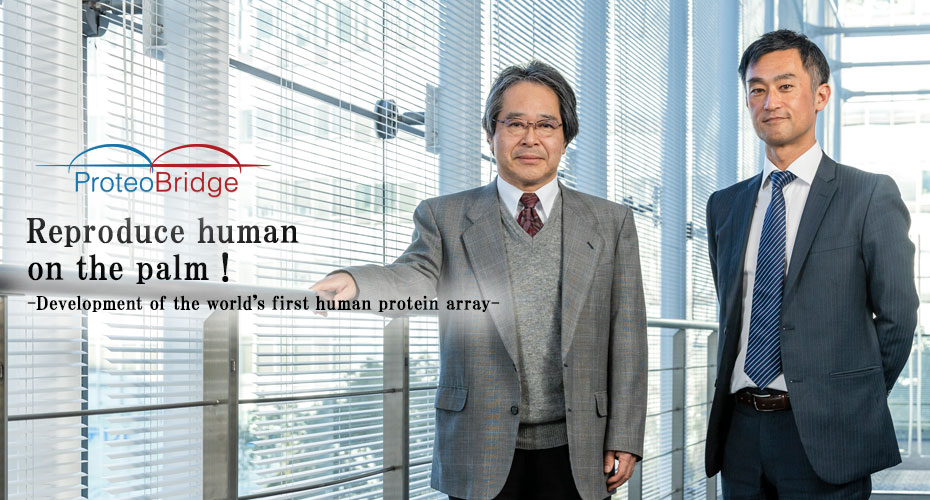
ProteoBridge Corporation has developed the “HuPEX® Comprehensive Protein Array”, a world’s first development that employs 3 unique technologies and that is a substitute for a human, and is providing contract analysis, contract inspection, and contract evaluation services. With a leading product for this age, they are providing an innovative research approach for drug development, regenerative medicine, and diagnosis.

Chief Executive Officer of ProteoBridge Corporation. Graduated from Waseda University Graduate School of Commerce (MBA) in 2015. He joined The Fuji Bank, Limited (currently Mizuho Bank, Ltd.) in April 1994. From July 2005 he became Senior Vice-President in the Bond Sales Department of Lehman Brothers Japan Inc., and from September 2008 he became Group Leader in Nomura Securities Co., Ltd. After becoming Head of the Bond Sales Department of Citigroup Global Markets Japan Inc. from April 2015, he became Start-up Adviser in the National Institute of Advanced Industrial Science and Technology. In January 2018 he established ProteoBridge Corporation and became its Representative Director and President.
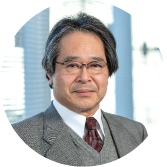
Chief Science Officer of ProteoBridge Corporation. In 1987 he completed his doctoral course at Osaka Prefecture University Graduate School of Life and Environmental Sciences (Graduate of Doctoral course). After becoming Assistant at Kyoto Pharmaceutical University and Assistant Professor at Hiroshima University, from 2000 he has been Chief Senior Researcher and Research Team Leader at AIST (formerly Agency of Industrial Science and Technology). From 2013-2017 he was Research Leader of the AMED Research Center Network for Realization of Regenerative Medicine; from 2011-2014 he participated in the Phase II clinical trials on the Special Research of Ministry of Health, Labour and Welfare; from 2015-2017 he participated in the AMED Practical Research for Innovative Cancer Control project; from 2013-2015 he participated in the AMED Development of Advanced Measurement and Analysis Systems program, element technologies; from 2015-2018 he was Research Leader of the “Development of a Search System for Autoantibody Markers” in the above Development of Advanced Measurement and Analysis Systems program. In January 2018 he established ProteoBridge Corporation and became its Director.
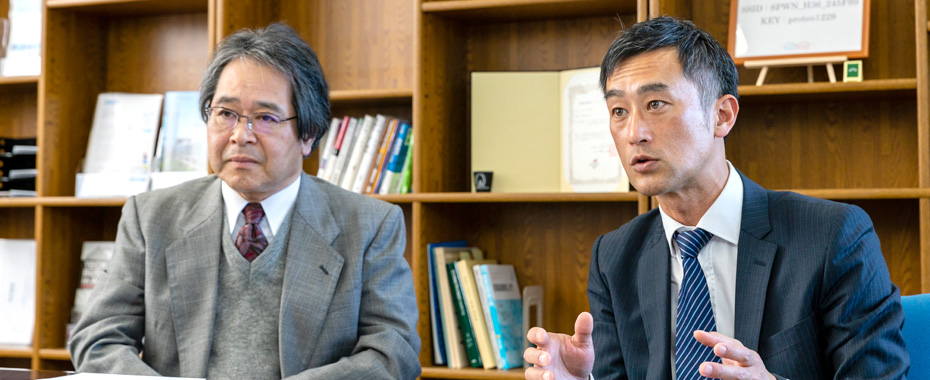
Mounting 20,000 types of human protein on a small substrate
― What kind of product is the “HuPEX® Comprehensive Protein Array”, a world’s first development?
First, a protein array is like a catalog of human proteins consisting of a substrate such as glass on which many types of protein are mounted like dots at uniform intervals. “HuPEX® Comprehensive Protein Array” consists of 3 substrates of a size that can be held in a hand on which are mounted 2 each of 20,000 types of protein, or a total of 40,000. We call it a “world’s first” because human protein is comprehensively mounted at high density in the natural state (undried).
The number of different types of human protein is about 24,000. Of these 20,000 types or more than 80% are mounted, so it is as if a person were mounted on the array. Autoimmune reactions and reactions to chemicals that occur in the human body can be reproduced on a protein array, so it is said to be a “substitute for a human”, so it provides an innovative research approach for drug development, regenerative medicine, and diagnosis.
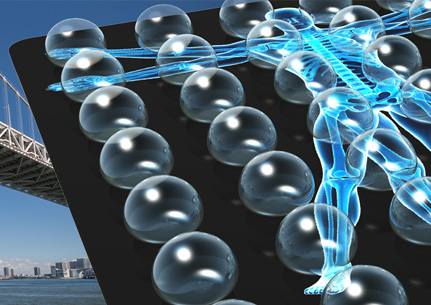
Realizing a protein array that is said to be a “substitute for a human”
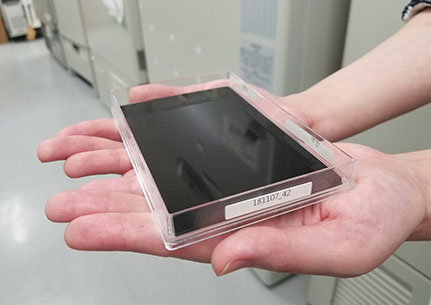
HuPEX® Comprehensive Protein Array
― Tell us about the technologies used to realize this product.
The “HuPEX® Comprehensive Protein Array” was realized using 3 unique technologies. First, 20,000 types of protein must be produced. The “HuPEX® (Human Proteome Expression-resource)” was constructed as the world’s largest human proteome expression resource to be the source of these proteins. Then good quality proteins are synthesized based on the HuPEX® library using “in-vitro proteome generation technology”. In addition a “protein array production technology” was developed to mount the proteins at high density and in an undried state on the substrate. In particular, in the “protein array production technology”, minute liquid droplets of about 20 nanoliters are placed like spots on the array substrate. A mechanism has been constructed that is capable of placing droplets of 1,536 types of protein in one go, so that the liquid in the spots do not evaporate in a short period of time. Previously 32 bins or 48 bins were gradually spotted with protein, but in combination with IC and other technologies 1,536 bins were shifted 9 times to form just under about 14,000 spots, thereby realizing the world’s first protein array with a 3-dimensional structure that maintained the protein in the undried state.

Device for spotting 1,536 types of protein solution at one time, that is shifted 9 times
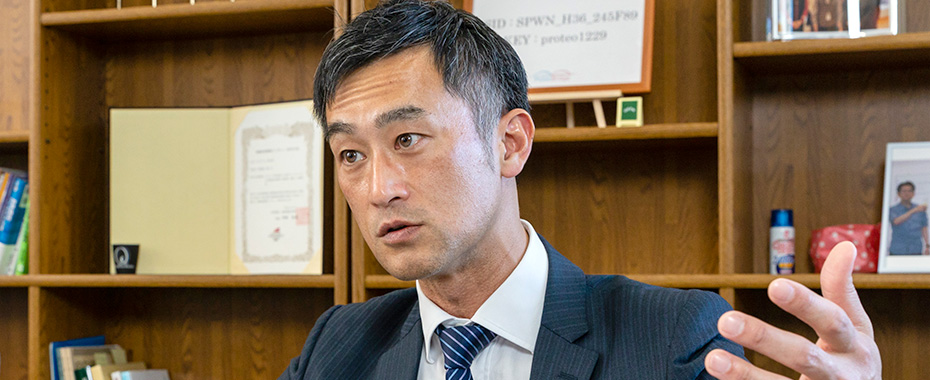
Achieving faster and more accurate results with a single array
― Specifically what kind of services are you providing?
Kumagai: The service flow starts with the test sample being sent to ProteoBridge, and this is typically a patient’s blood sent from a graduate school or an artificial antibody that is a candidate new drug in the case of a drug company. When the blood or new drug candidate that has been received is reacted on the array, if for example in the case of a blood sample from a patient with a disease, antibodies that are specific to that disease bond with antigen proteins mounted on the array substrate. These are detected by fluorescence, and the analysis results are reported.
This mechanism is refined under the customer’s direction depending on what is to be investigated, such as searching for markers of disease in the example given, contract analysis for verification of a new drug, or contract test work used in clinical trials, etc. Also we provide consulting in which low-molecular compounds bonded to proteins are screened, using the protein synthesized by HuPEX®, etc.
― What are the competitive advantages of your company’s technologies and services?
In the case of checking for the presence of antibodies such as in the blood of a patient receiving medical treatment, in many cases the blood sampled from the patient is sent in many directions such as to testing companies, universities, overseas research institutes, etc. At the same time there are cases where results are not obtained, or it takes 1-2 months before the results are all available, which causes great annoyance to the doctors.
With our arrays many types of protein are mounted, so we can perform tests that were performed by multiple institutes individually. We are the only one with this strength.
Kumagai:Professor Shinichi Sato, Vice Director of the University of Tokyo Hospital and Assistant Professor Ayumi Yoshizaki, Deputy Head of Medical Examination at the same hospital, both technical consultants of our company, are both leading experts in the field of muscle inflammation. On several occasions Goshima and Fukuda (Eriko Fukuda, Manager of the manufacture of the human protein arrays) accompanied them on their rounds, to see how the results of antibody measurements are used. On these occasions they understood the importance of simultaneous measurement of many types of antibody for medical treatment of the patient. The doctors also encouraged them with “definitely make this into a product and provide it to the world”.
Initially we requested several research institutes to conduct performance tests in order to determine whether or not our protein arrays could produce reliable results. Then after the performance tests using the patient serum were completed and we had compiled the results, samples started to be sent to us one after another from doctors in medical practice. The reason was because they were able to obtain a lot of antibody information from us earlier than from others. Just before the establishment of ProteoBridge Corporation, it was felt that there was a need for this service as a business.
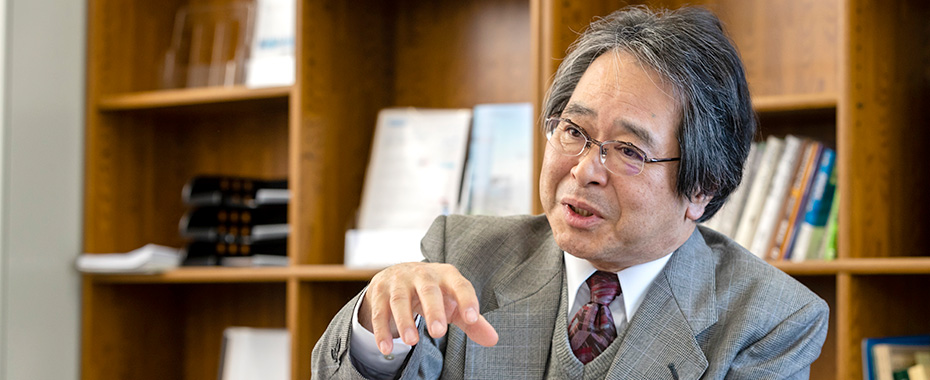
“If it does not exist then we should create a new technology”
― Tell us about the process of establishment of ProteoBridge Corporation and its present status.
Since before its establishment we conducted a lot of joint research with medical research institutes. While I was Start-up Adviser with AIST, I noticed that Goshima’s technologies could easily lead to businesses in the drug development, medical treatment, and diagnostics fields, and we decided to establish the company due to the increasing demand from clinical and exploratory research fields.
About 18 months before the company was established, we had the opportunity to enter into talks with a pharmaceutical company regarding comprehensive protein arrays, to compare the arrays of other competitor companies with our array. Some time later we were contacted by them asking us to participate in joint research. The customer had selected our technology, and this gave us confidence.
In July last year we concluded a 3-way joint research contract regarding “Comprehensive Basic Research to Identify Glaucoma Pathology” with Tohoku University School of Medicine and Santen Pharmaceutical Co., Ltd. We are undertaking analysis of autologous antibodies in blood using the HuPEX® human protein array.
Goshima:We receive requests for measurements from doctors in hospitals dealing with patients, and invitations from drug manufacturers to join in joint development of devices. For example imagine a contract to develop a new array. We were surprised to receive a proposal from a customer for joint development of a new type of array for which we had the idea but had not yet carried out the development.
That is one characteristic feature of the company. With the excellent HuPEX® resource as the basis, development of new technologies is expected. As a venture company this is very pleasing. Our motto is “If it does not exist then we should create a new technology”. We want to overcome obstacles by setting our targets from our ideals.
Kumagai:In addition, evaluation of immunity is an important business. We can monitor whether transplanted external cells or organs have been accepted by the body by evaluating the antibodies. This is an age when the number of people requiring new drugs is increasing more and more. Under these circumstances we believe that a system for profiling antibodies is essential. The needs from end users and medical treatment and drug development are just increasing. However we are not a medical treatment or drug development company, but a company that provides devices. What this means is that it is important to proceed with development of uses for arrays together with our customers, to expand our business domain.
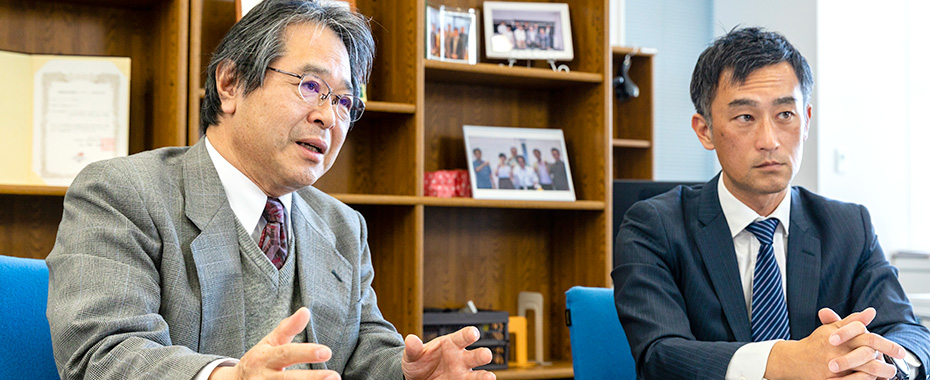
― What is your vision for future expansion of the business?
What we are aiming for is a comprehensive diagnostic kit that we envisage will be used for medical checkups. We want to proceed with a kit that can diagnose a very large number of types of disease, such as cancer, autoimmune diseases, etc.
Also, we have started to put efforts into the development of a comprehensive membrane protein array that can be used for analysis of membrane proteins for which there is a great need in the drug development field.
Goshima:We are aiming to have membrane protein arrays mounted together with membrane lipids, and not only proteins. Originally we understood that immunity and antibodies were important for the body, but there was no comprehensive investigation method, and to date it has been a black box. By developing a protein array that can clarify this, diseases can be identified from antibodies, information on the action of drugs or transplants can be obtained, and a breakthrough from our present status will be made. We intend to further develop array technology that contains the potential to open up new markets and new fields of research.
* The contents of this article are based on information as of March 31, 2019.
プロテオブリッジ株式会社
〒135-0064 東京都江東区青海2-3-26
国立研究開発法人 産業技術総合研究所臨海副都心研究センター内
ProteoBridge Corporation
2-3-26 Aomi, Koto-ku, Tokyo 135-0064, Japan
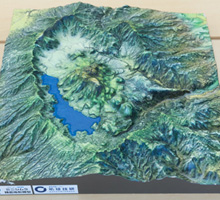
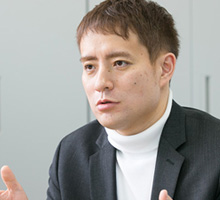
Research Institute for Earth Science Visualization Technology Co.,Ltd.
Visualizing the History of the Earth, and Creating a “Museum of the Future”!
- Precision 3D Modeling and Projection Mapping –

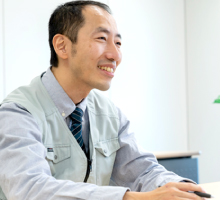
Mottainai Energy Co., Ltd.
Brightening the Future with Electricity Produced from Heat!

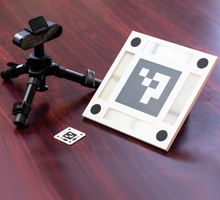
LEAG Solutions Corporation
New image measurement for the smart society!
- 3D position and attitude measurement using high-accuracy markers -
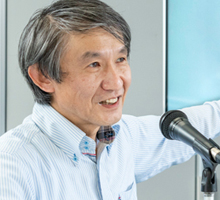

HikariPath Communications Co., Ltd.
Realtime 4K video eliminates distance using new optical communication technology!
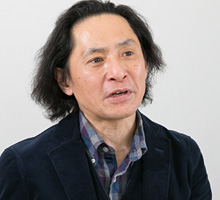
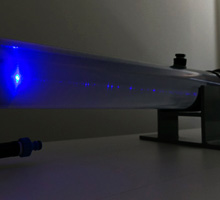
Trimatiz Limited
Manipulating light to open up the future! Technology for measuring the unknown underwater world
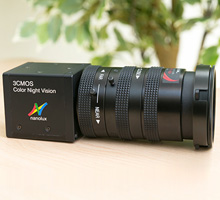
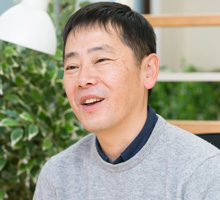
Nanolux co. ltd.
Deliver Color Images in Darkness! Unique Technology Enabling Color Image only by Infrared Illumination
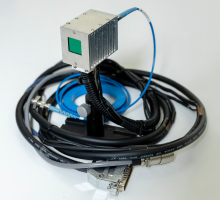
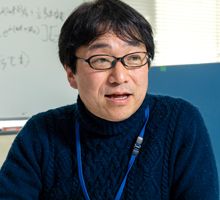
SteraVision Co.,Ltd.
Realizing an Eye that can See like a Human!
– Development of Optical Steering Device and New Standard Lidar -
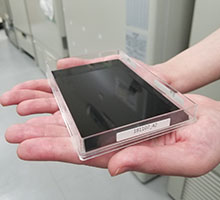
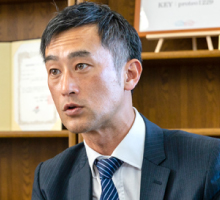
ProteoBridge Corporation
Reproduce human on the palm !
-Development of the world's first human protein array-
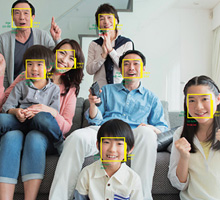
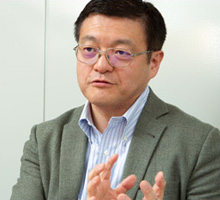
Site Sensing Inc.
Expanding a New Business with Excellent Measurement Technologies for Tracking, 3D Modeling , and Face Recognition
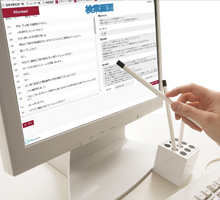
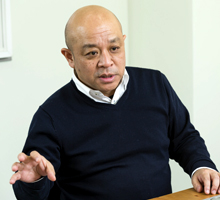
Hmcomm Inc.
Controlling Voice to Open Up Next Generation Business!
- Commercializing AI and Voice Recognition Technology -
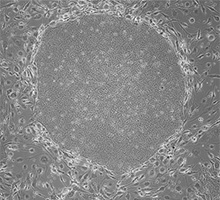
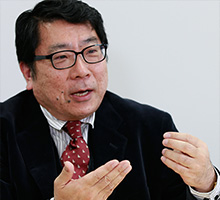
TOKIWA-Bio Inc.
Automatic Generation of iPS Cells!
- Contributing to Gene Therapy Worldwide -
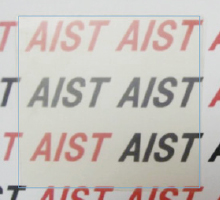
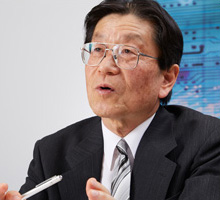
HSP Technologies Inc.
Producing New Materials by Mixing Materials that do can not Mix!
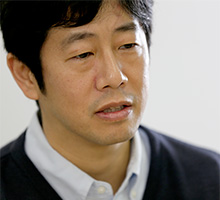
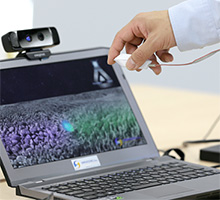
MIRAISENS,Inc.
A feeling as if things were really there!
~ Digitization of physicality and bodily sensations ~
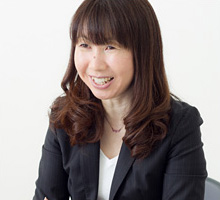
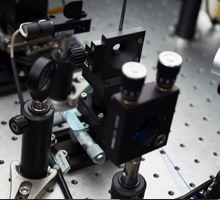
PicoTherm Corporation
Supporting information society by technology to measure thermophysical properties
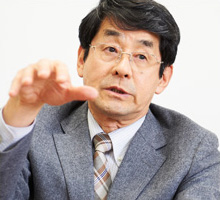
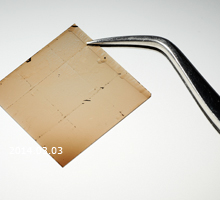
EDP Co.
Dedication to the ultimate material, diamond
